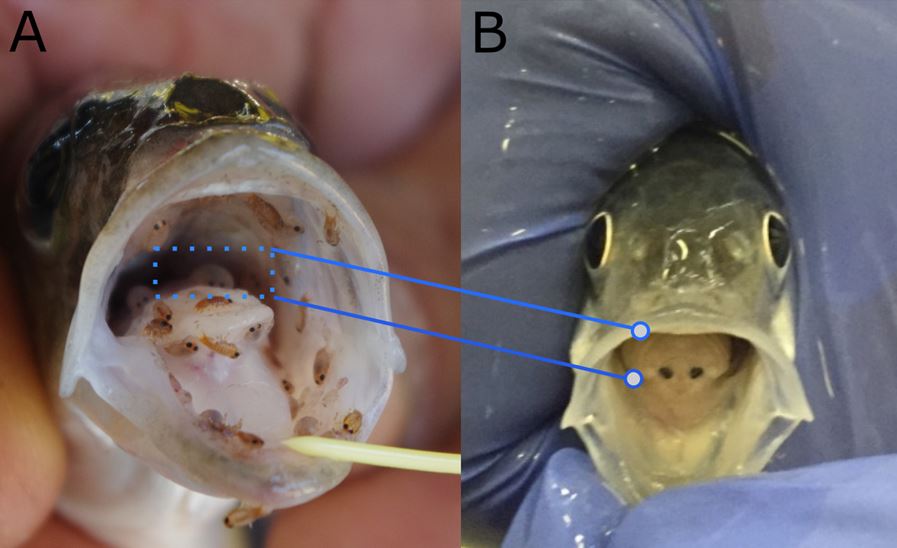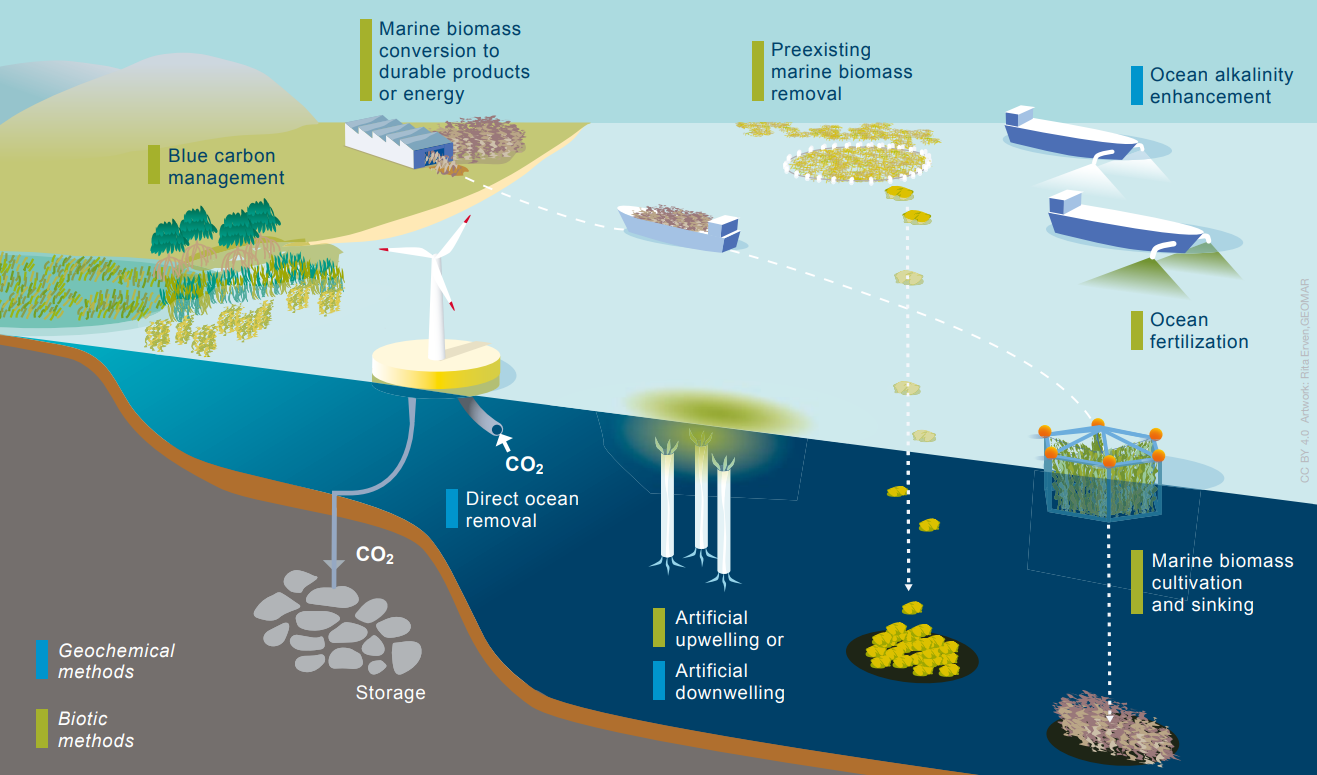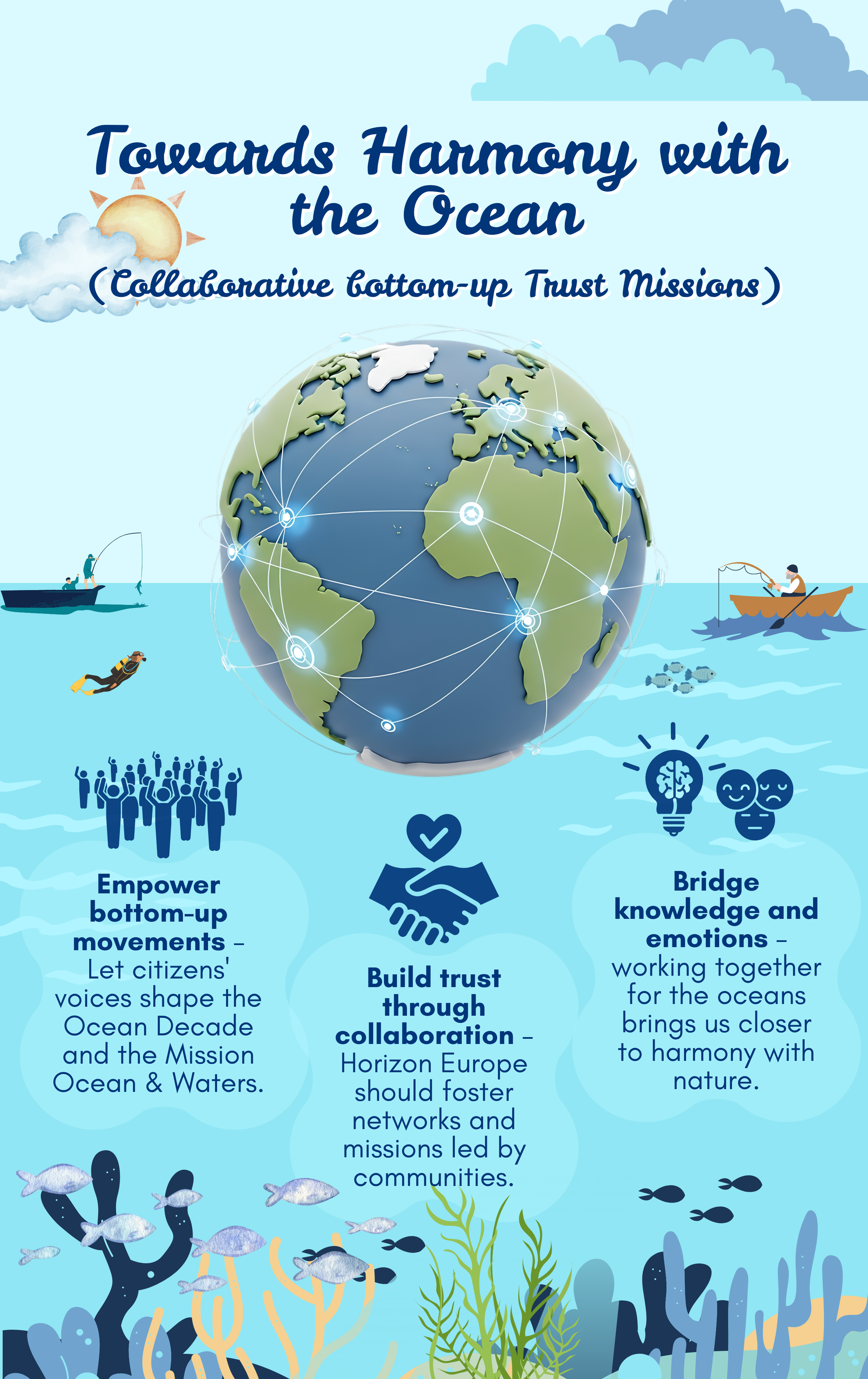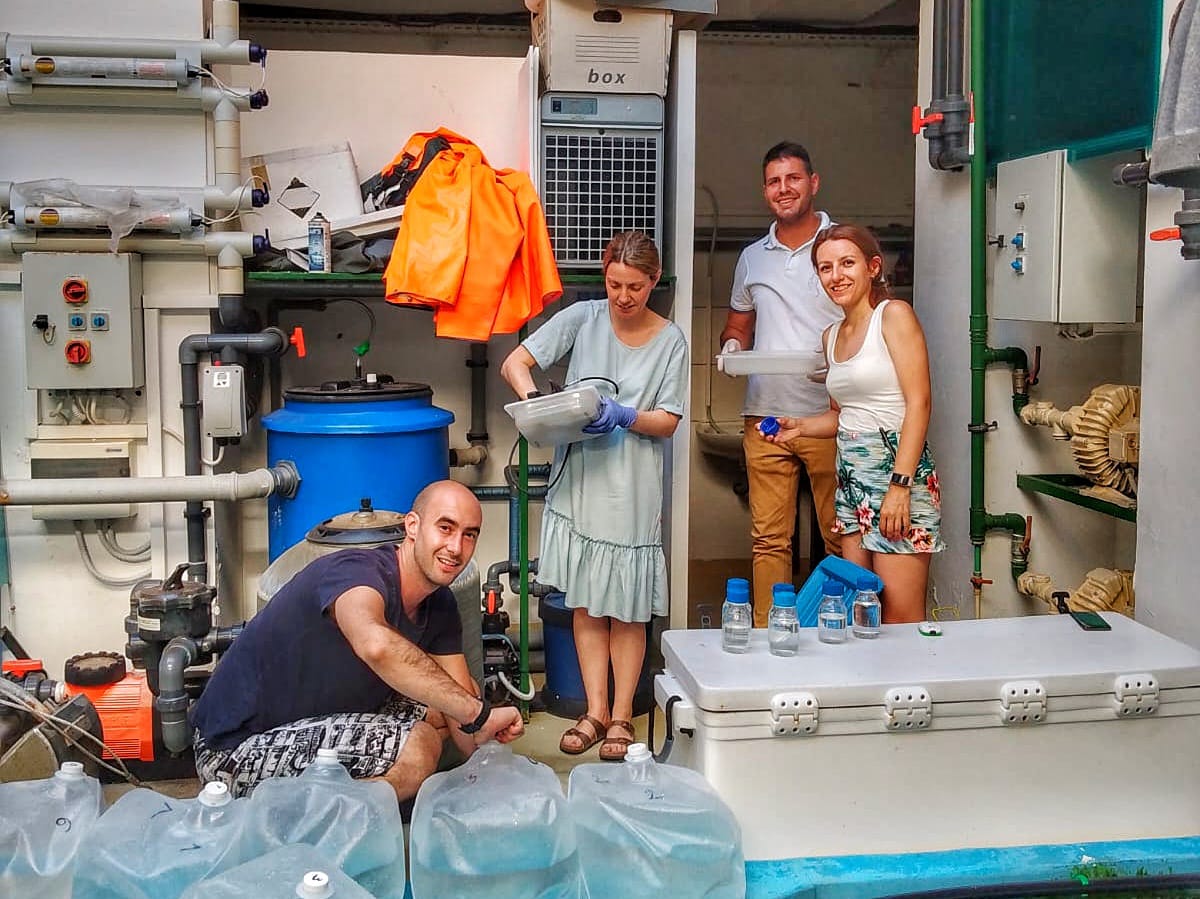Parasites have accompanied the development of aquaculture since its beginnings in the 1950s, often negatively impacting the health of farmed fish and overall production.
Aquaculture in the Mediterranean is a significant economic sector, with an annual production exceeding 870,000 tonnes and a value of nearly 5 billion USD. Croatia stands out in this sector with a share of 2.5%, producing over 20,000 tonnes annually, making it an important regional producer. Due to continuous growth, investment, and increasing interest in the health of farmed organisms, aquaculture holds substantial development potential and plays a vital role in food security and the regional economy. However, the diversity of farming methods and species, while economically beneficial, can also facilitate the spread of parasites.
Parasites have been present in fish farming since its inception, but knowledge about them has often lagged behind the development of aquaculture itself. Today, it is known that only a few parasitic species pose a serious threat to aquaculture, while most cause disease only in fish already infected with bacterial or viral pathogens. Nevertheless, our understanding of parasite-host interactions remains limited, particularly at the molecular level.
Recognizing the need for a deeper understanding of this issue, prominent scientists—including Dr. Jerko Hrabar from our Institute—have published a comprehensive review article in the esteemed journal Fish and Shellfish Immunology. The paper offers a thorough overview of 70 years of coexistence between parasites and farmed fish in the Mediterranean.
The authors provide an in-depth examination of the presence and impact of parasitic organisms in fish farming across the Mediterranean and Black Sea, with particular emphasis on economically important species such as European sea bass and gilthead sea bream. They carefully contextualized the historical development of research into parasite effects on farmed species and highlighted the need for more intensive research in the field of fish pathology, especially regarding parasite–immune system interactions. Furthermore, the review details the pathological effects of dominant parasites on sea bass (the dinoflagellate Amyloodinium ocellatum and the isopod Ceratothoa oestroides) and sea bream (the cnidarian [myxozoan] Enteromyxum leei and the monogenean Sparicotyle chrysophrii), while emphasizing existing knowledge gaps that must be addressed. In conclusion, the article outlines directions for future research, underscoring the importance of applying modern, particularly omics-based, methodologies.




